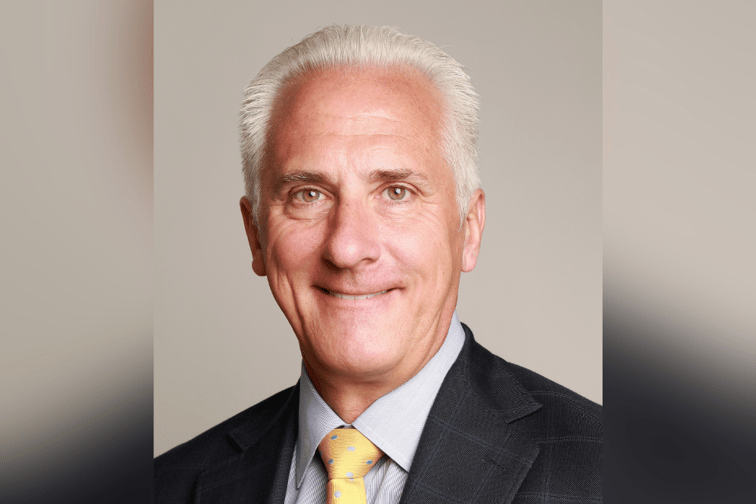

Economic uncertainty will continue to pressure North America’s inland marine insurance sector – but there are tailwinds to watch out for as well.
Inflation is increasing the cost of materials, exacerbating an already troubling issue in inland marine insurance according to Soja.
“One of our biggest challenges is just making sure we're getting the right price for an exposure because of the increased cost of paying a claim,” the executive told Insurance Business. “Adequate insurance to value, whether it be for fixed location business, such as builder's risk, or mobile equipment, such as contractors and equipment, has been problematic for a very long time.”
In addition to the increased cost of materials to replace or repair damaged property or equipment, wage inflation is also raising claim payments. Finding qualified workers in certain segments is becoming more difficult, and therefore the cost for those workers continues to rise. The global supply chain also continues to be a challenge, causing further delays in sourcing material and labor than before.
“If the inland marine underwriter is providing a form of time element insurance, the exact same loss today would cost more in business interruption loss claims than it would have a year ago,” Soja pointed out.
The trucking sector will see the biggest impact of inflation. According to Soja, over 90% of US trucking firms operate fleets with six or fewer trucks. Small fleets hit by bigger costs might struggle with their insurance.
“Historically, trucking is a relatively low margin business. The smaller the trucker, the less reserves they have to weather tough times,” he explained. “The obvious solution to that is to no longer be in business, or for an independent driver joining a larger firm. But if they do stay the course, the financial struggles could impact underwriting and claims both for inland and cargo underwriters, because you could see lower investment in vehicle maintenance, or other cost-cutting measures that could impact quality risk. We’re keeping a close eye on both financial stability as well as the types of claims we’re seeing.”
One boon for the inland marine insurance industry is the recent boom in construction in the US, partly driven by President Biden’s bipartisan infrastructure law. Federally funded projects will help ensure the pipeline of construction works continues even as the US enters an economically challenging period next year.
“Inland marine underwriters will benefit from a pipeline of infrastructure and renovation projects, and those will last a few years,” Soja said. “A potential recession may impact other construction starts. But as some infrastructure projects are federally funded, they should be less sensitive to that dynamic.”
The domestication of the supply chain is also playing a role in boosting local construction. Soja explained: “Many companies are rethinking their dependence on foreign suppliers of material. While there will continue to be a heavy reliance on foreign suppliers, companies are domesticating some of that production, which is providing another infusion of new construction builds in the United States.”
Soja pointed to “dramatic changes” in the reinsurance market that would impact inland marine insurers. As renewal season approaches, brokers should brace for much higher treaty prices and more limited capacity, as well as higher corporate retentions.
“Higher prices, higher retentions, and potentially less capacity available in the reinsurance market will put primary insurers in challenging situations. We're paying more to reinsurers for excess loss protection, which means there will be profit margin erosion if we don't pass that cost along to the insurance,” Soja said. “At this point in the market cycle, we're seeing rate increase, but far less than the last couple of years.”
But there will be inconsistencies to reinsurers’ approach in the market next year due to natural catastrophe risk. “Most marine insurers are part of larger organizations that also write natural catastrophe risk. So, how each marine unit is assigned cat aggregate within their individual organization varies,” he said. “I think you're going see varied reactions in the market, the way a small marine insurer might react will be different than a more sophisticated large one, just because of the pure bulk of what we write, how we reinsure, and the leverage we have in the marketplace.”
Despite these headwinds, AGCS is looking to nurture its long-term relationships with brokers and grow its market share responsibly next year.
“We're optimistic for 2023. Within AGCS, we are taking a growth view,” Soja said. “We strive to maintain an appropriate balance between internal focus, to ensure that we're generating an adequate rate of return for our investor, and customer focus, by providing products and services that are valued in the marketplace.”
